As mentioned in a comment above you need to use Network List Manager as explained there
To do so first add a reference to it as shown in the the screenshot below.
Right click on your project in your Visual Studio solution. Select Add > Reference... Go to COM and find the "Network List Manager 1.0 Type Library" entry using the search box.

That will generate an Interop DLL to this COM interface in your binary output folder. That DLL is named Interop.NETWORKLIST.dll.
In your Solution Explorer you can right click on the NETWORKLIST reference you just added and select "View in Object Browser" to inspect the interfaces you get access to.

From here you can implement a Network Manager class as shown below to subscribe to connectivity change events.
using System;
using System.Runtime.InteropServices.ComTypes;
using System.Diagnostics;
using NETWORKLIST;
namespace SharpDisplayManager
{
public class NetworkManager: INetworkListManagerEvents, IDisposable
{
public delegate void OnConnectivityChangedDelegate(NetworkManager aNetworkManager, NLM_CONNECTIVITY aConnectivity);
public event OnConnectivityChangedDelegate OnConnectivityChanged;
private int iCookie = 0;
private IConnectionPoint iConnectionPoint;
private INetworkListManager iNetworkListManager;
public NetworkManager()
{
iNetworkListManager = new NetworkListManager();
ConnectToNetworkListManagerEvents();
}
public void Dispose()
{
//Not sure why this is not working form here
//Possibly because something is doing automatically before we get there
//DisconnectFromNetworkListManagerEvents();
}
public INetworkListManager NetworkListManager
{
get { return iNetworkListManager; }
}
public void ConnectivityChanged(NLM_CONNECTIVITY newConnectivity)
{
//Fire our event
OnConnectivityChanged(this, newConnectivity);
}
public void ConnectToNetworkListManagerEvents()
{
Debug.WriteLine("Subscribing to INetworkListManagerEvents");
IConnectionPointContainer icpc = (IConnectionPointContainer)iNetworkListManager;
//similar event subscription can be used for INetworkEvents and INetworkConnectionEvents
Guid tempGuid = typeof(INetworkListManagerEvents).GUID;
icpc.FindConnectionPoint(ref tempGuid, out iConnectionPoint);
iConnectionPoint.Advise(this, out iCookie);
}
public void DisconnectFromNetworkListManagerEvents()
{
Debug.WriteLine("Un-subscribing to INetworkListManagerEvents");
iConnectionPoint.Unadvise(iCookie);
}
}
}
You can instantiate your Network Manager like this:
iNetworkManager = new NetworkManager();
iNetworkManager.OnConnectivityChanged += OnConnectivityChanged;
Upon receiving connectivity change events you could test IsConnectedToInternet and IsConnected attribute as shown below:
public void OnConnectivityChanged(NetworkManager aNetwork, NLM_CONNECTIVITY newConnectivity)
{
//Update network status
UpdateNetworkStatus();
}
/// <summary>
/// Update our Network Status
/// </summary>
private void UpdateNetworkStatus()
{
//TODO: Test the following functions to get network and Internet status
//iNetworkManager.NetworkListManager.IsConnectedToInternet
//iNetworkManager.NetworkListManager.IsConnected
}
Here is a related question:
INetworkConnectionEvents Supports what?


